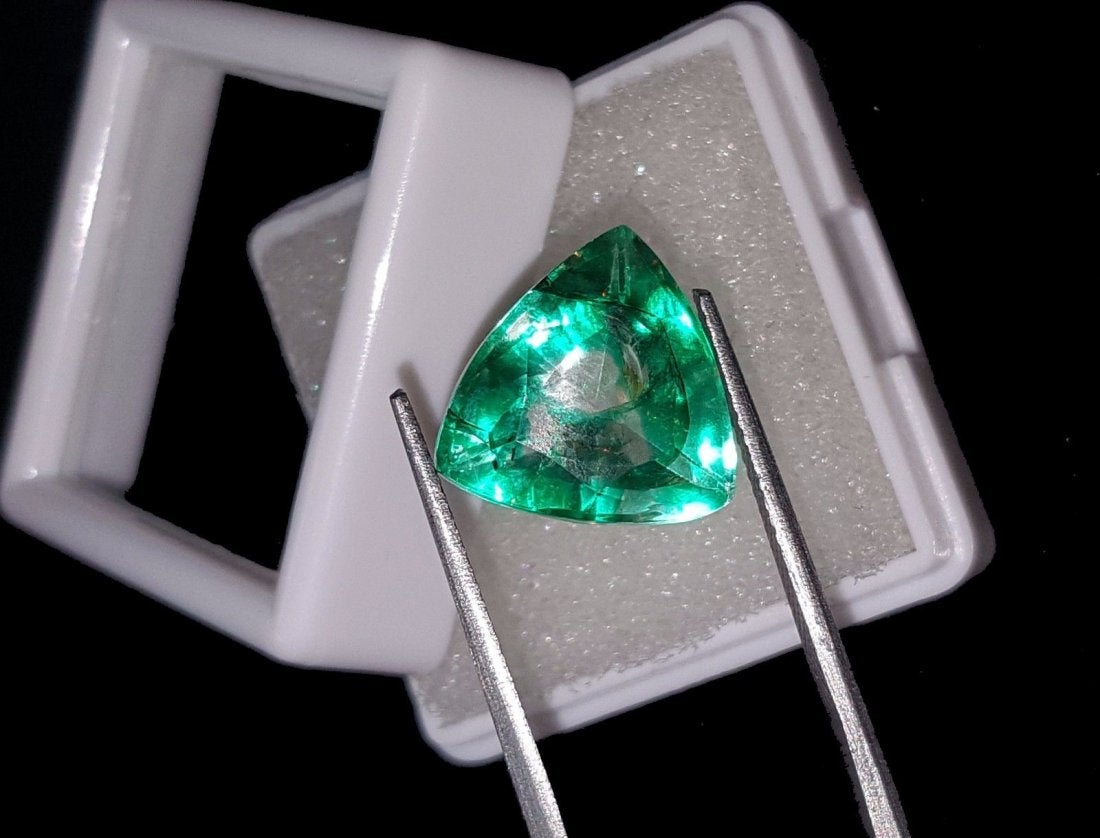Buying Gems for Profit: An Introduction
Successful investing in gemstones requires knowledge and experience. The IGS Buying Gems for Profit course will give you the knowledge about the gem trade you need.
2 Minute Read
Investing in Gemstones
The purpose of this course isn't to make you an expert gem investor. This course won't teach you how to go out tomorrow and double your money. Investing in gems isn't a get-rich-quick scheme. Rather, this course will educate you on the marketplace for gems, which will allow you to make more informed decisions about gem investments. More importantly, you'll learn what type of specialized knowledge you need in order to be successful. Finally, this course will give you a map of the professional gemstone trade and some advice about how and where to get started.
Basic Investment Principles: Unit 1
Before investing in any type of asset, you must understand basic investment principles. Just like investing in stocks, bonds, or mutual funds, investing in gemstones requires knowing how much risk you're willing to assume, as well as your goals for obtaining a return on your investment — your profit goals. You'll need to figure out your investment time horizon (or "holding period") and how much money you may need to get started. Unit 1 covers these principles.
Interested in this topic?
This article is also a part of our Buying Gems for Profit Mini Course, in the unit Basic Investment Principles.
Gemstones as Investment Vehicles: Unit 2
After an overview of basic investment principles, you'll dive into gemstones as investment vehicles in Unit 2. The supply and demand for a specific gemstone affects the gemstone's price, and thus your potential profit or loss. Supply and demand, as well as pricing, are inextricably linked to a gemstone's rarity, both now and in the future. Rarity or "perceived scarcity" is a critical component of any gemstone investment. The prevalence of lab-grown gems in today's market has made assessing the issue of rarity an especially interesting topic.
Gemstone Market Dynamics: Unit 3
Once you understand how gemstones might serve as investment vehicles, you need to learn about broader gemstone market dynamics. In Unit 3, you'll explore the existing types of gemstone markets. Each type of market offers advantages and disadvantages, and you'll meet people playing many different roles.
Negotiation Skills and Investing in Gemstones: Unit 4
When you find gemstones you'd like to purchase, you'll have to negotiate. Sharp negotiation skills are a must in the gem trade. In Unit 4, you'll gain insights and learn tips and tricks to use in any gemstone negotiation so you'll have a cost basis low enough to ensure a return on your investment.
Selling Your Gemstones: Unit 5
Finally, the time will come to sell your gemstones. How long should you hold your investment stones to ensure a return? What are the best sales platforms? How do you market and price your stones? Unit 5 will answer these questions.
Expert Interviews
The Buying Gems for Profit course concludes with interviews with some of the most prominent gem dealers in the trade. Their knowledge and experience will prove invaluable for new entrants to the market.
International Gem Society
Related Articles
Product Review, Opal The Smart Chart
Product Review, Opal Smart Chart
Jewelers Pricing Survey
Appraising Opals
Latest Articles
800 Years of Mogok: A Celebration in Tenuous Times
What is the Average Gemstone Faceting Yield?
Pyroxmangite Value, Price, and Jewelry Information
How to Identify Emerald Simulants and Synthetics
Never Stop Learning
When you join the IGS community, you get trusted diamond & gemstone information when you need it.
Get Gemology Insights
Get started with the International Gem Society’s free guide to gemstone identification. Join our weekly newsletter & get a free copy of the Gem ID Checklist!
